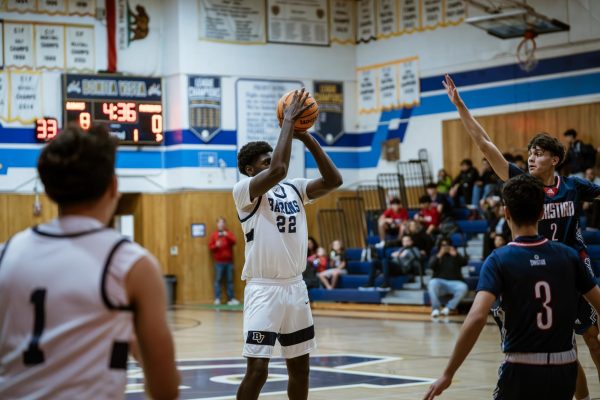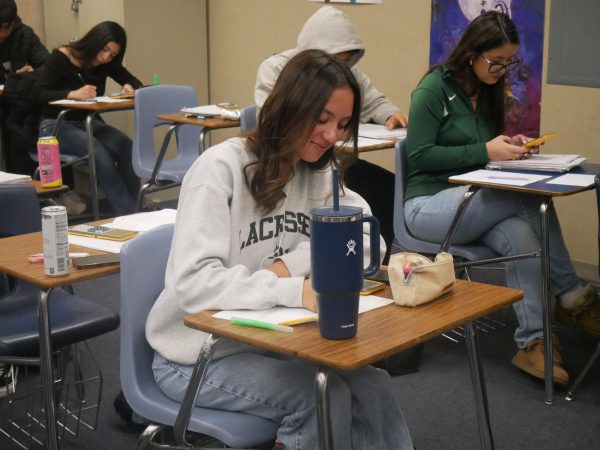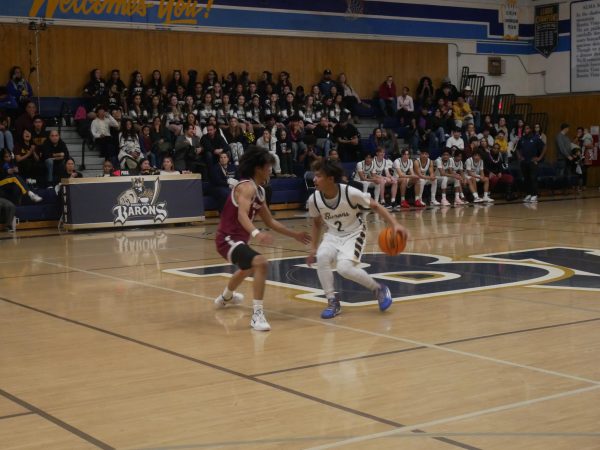Uncommon sports on campus
For many students at Bonita Vista High (BVH), sports play a big part of their weekly routine on campus. However, there are select students who have gone beyond school grounds to pursue their athletic passions. Overcoming obstacles such as distance and motivation, BVH students have continued to work hard to get closer to their ultimate goals.
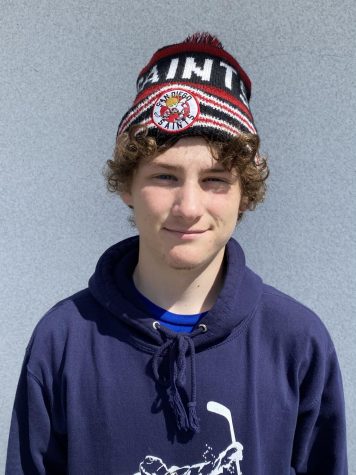
This is true for ice hockey player, center and sophomore Jacob Hunter who plays a sport not so popular in San Diego. Despite this, he has continued to pursue it starting from a very young age.
“I’ve been playing since I was three years old and I guess probably two years ago I was tier three, but I’ve been moving up the ranks since,” Hunter said.
Hunter has moved up the rankings in ice hockey from tier three to tier two, also known as “AA.” AA is the second best level of competition for ice hockey players. He explains that he grew up watching National Hockey League (NHL) ice hockey games and started this unusual sport with his dad’s influence.
“My dad used to go to NHL games all the time and I grew up watching it, it was lots of fun,” Hunter said.
Hunter consistently shows his dedication to ice hockey despite the distance and demanding routine. Hunter explains his practice schedule with San Diego Saints Youth Hockey Club is demanding because of the location.
“[In] California, there’s not many [ice hockey] rinks around, it’s a fifteen minute drive to the closest rink so it’s really hard and expensive,” Hunter said. “Usually, [practice is] three days a week. We practice Monday mornings at University Town Center at 5 a.m., Wednesday at 7:45 p.m. and Thursdays at 7:45 p.m.”
On top of finding a place to conveniently practice, Hunter has found another challenge: his skills. Although he is close to tier one, also known as “A”, Hunter has areas in his performance where he feels are lacking.
“I’m not the greatest skater. I’m not the greatest shooter, so you have to put a lot of heart into it, it’s a very physical sport and it takes a lot on the body,” Hunter said.
While Hunter practices in the early mornings and in the late afternoons, he states that ice hockey does not necessarily interfere with school. While practice may leave less time to complete homework, he emphasizes it is not a big issue with his work ethic.
“A big part of this sport is putting in time and work. It doesn’t take a lot to bring in energy and talk out there,” Hunter said.
Where an athlete currently stands in rankings is crucial, so it is important to keep track of one’s standing and the progress along the way. Hunter shares the way he is able to measure his own improvement and what he learns from it.
“Stats are a big part of it. You’re always focused on production, the amount of points and goals you get in a game, but at the same time mastering your craft,” Hunter said. “Once you get good at stickhandling, seeing improvement with that is how I measure [progress].”
Regardless of the sport, athletes alike agree that motivation is the most important and most challenging part: it’s what makes or breaks careers. Hunter shares what keeps him motivated and how it keeps his drive going.
“My coach says ‘There’s no point to doing something in life if you’re not going to try your best at it.’ You’re not going to be the best at something, but you should at least try to be the best,” Hunter said.
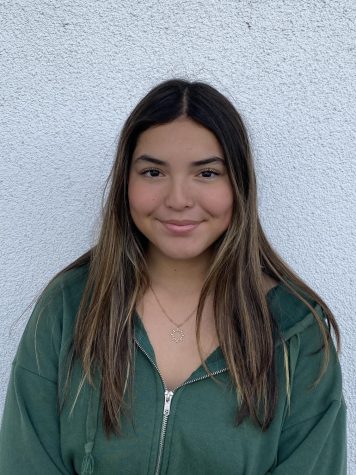
For rower and sophomore Olivia Degodoy, rowing is her current athletic focus and similarly to Hunter, dedicates a big part of her time after school to it. She shares how she got started and what the sport entails.
“My stepdad’s mom is from Denmark in Europe and she was going to go to the Olympics for rowing, but she got injured. [One day] She was visiting and she said ‘You look like you can row,” Degodoy said. “I was like ‘I don’t know what the heck that is’ but then my mom signed me up and I made my best friend do it with me.”
Degodoy rows at a club called “ZLAC” in Pacific Beach. ZLAC Rowing Club was established in 1895 in San Diego by four women: sisters Carolyn, Lena and Agnes Polhamus and their friend Zulette Lamb. The first letters of each of their names formed “ZLAC.” Unlike ice hockey, rowing is more accessible since practice can be held in the bays commonly found around San Diego. Degodoy has faced some challenges with the sport, specifically because of COVID-19’s effect on the sport and on her development.
“I started rowing in seventh grade right before quarantine, pretty much at the beginning of the year in 2020,” Degodoy said. “We had to stop for a little bit. We did start back up at the end of 2020 and we had to be in boats called singles, which is basically rowing by yourself.”
Degodoy states that she has challenges with motivation but the team and community is very rewarding for her. She has been able to meet and bond with a new group of people outside of school.
“[The best part is] the people, making friends and even going to competitions. We flew to Tennessee last year and [it] was pretty cool [to] meet other rowers from different clubs,” Degodoy said. “I try to remember that I have to be social, too [with] my teammates. We do things outside of rowing, which I think is super helpful to balance everything.”
Moreover, Degodoy states that she has had a positive experience with her team and the club so far. Being that she is still fairly new to the sport she notes the importance of being in a close knit club.
“The community is super supportive. It’s competitive, but at least my club is super supportive,” Degodoy said. “That’s the thing about having a smaller club: everyone is close so everyone is there for each other.”
She has to stay disciplined throughout the years as she measures her progress through tests in her club. Rowing practice and competition is done in water, but for progress checks they are usually done on a rowing machine.
“We do mile tests and we do 2k’s and 6k’s on the rowing machine. You have a thing called a ‘split’ and a stroke rate, [which] you measure your progress through and try to get it lower,” Degodoy said.
When asked about valuable lessons, Degodoy emphasized the hard work that has to be put into the sport. Which has allowed her to do quite well in it and benefit from all her hard work.
“[I learned] what it means to really work for something. In the first few years I , honestly, I wasn’t trying that hard and I was going with the flow,” Degodoy said. “More recently I’ve been really pushing myself every practice 100%. ”
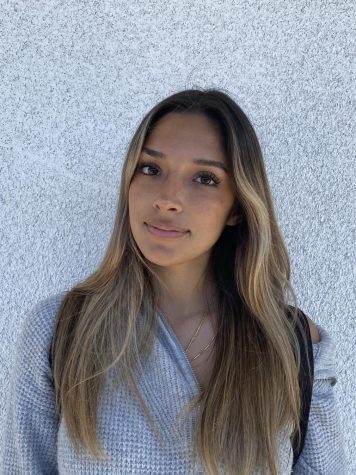
Also fairly new to her sport, senior Sofia Para is part of Azteca San Diego Boxing Club boxing gym where she has seen a lot of personal growth. At the beginning of the COVID-19 pandemic, she had to put a halt to her sport at the time, but went back as soon as quarantine ended.
“My brother started [boxing] and he told me that it was a nice activity to pass time. He said it was cool because it was not such a competitive team, it was more of a therapy. So, I gave it a try,” Parra said. “I didn’t think I was going to like it because I’ve always been into feminine sports. I did ballet and all sorts of things so boxing was never my first option but when I tried it I really liked it.”
Parra has found pride in representing her gym and has recently joined a boxing team at her gym. Although she initially thought it was a solo sport, she quickly discovered the community attached to it and found that there were more girls on the team than she expected.
“It’s every day from Monday to Saturday. The cool thing about it is you can stay for however long you want,” Parra said. “I really like getting to know the people. There’s usually this idea that boxing is only for guys, but there’s actually a lot of girls on the team and it’s really fun.”
Being a gymnast for nine years prior, she is no stranger to the motivation it takes to continue in a sport that is as physically demanding. Although she has previous experience with discipline in sports, she says that it is still a challenge to overcome.
“[A challenge is] motivation, sometimes I lack motivation and I’m like, ‘I don’t want to go to practice today. It’s too hot or too cold.’ It’s having to push yourself and that’s something the sport has taught me,” Parra said. “There’s this thing where the last 30 seconds [of practice] is when you actually have to give it your all and so you learn that trait [of pushing yourself].”
Moreover, Parra says that measuring her progress is difficult as it depends on her discipline with her attendance to practice. She may feel weak some days, but she understands what she must do to feel progress in her technique.
“[Progress] is not linear. Sometimes I feel like I’m making a lot of good, constant progress, but suddenly I feel like I just started the sport, my punches feel weak or my technique feels horrible. I know I’m making a lot of progress when I’ve been practicing constantly for two full hours,” Parra said. “What the coach told me is that even the days where you don’t want to go are the days where you have to make sure you go. That’s usually the days you train the hardest.”
In the future, Parra wants to go professional, not only in the boxing realm but also in mixed martial arts which is similar. She hopes to start doing some more combat sports to mix it in and strengthen her skills all around.
“I love my gym. The atmosphere of the gym is weird because everyone is going on their own days and everyone’s on their own time, but the gym is like a family pretty much,” Parra said. “There’s even little kids all the way to way older fighters who try to make it a place where everyone feels welcomed.”
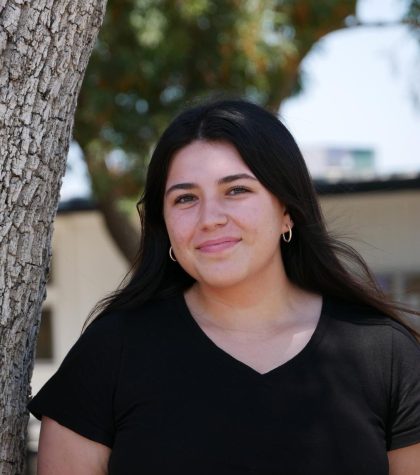
I am a senior this 2022-2023 school year at Bonita Vista High and a first year Features Editor for the Crusader. Although I have always loved writing,...
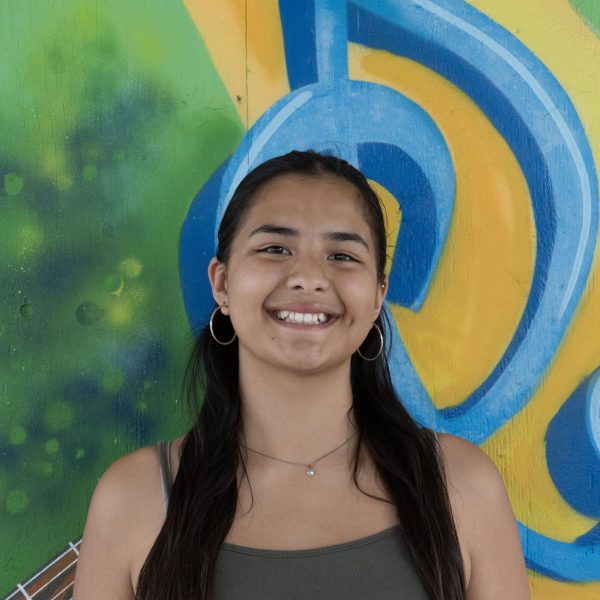
Hi! I am a junior at BVH and this is my third year on the Crusader staff. This year I am Co Editor-in-Chief and was previously an Opinion Editor and News...

